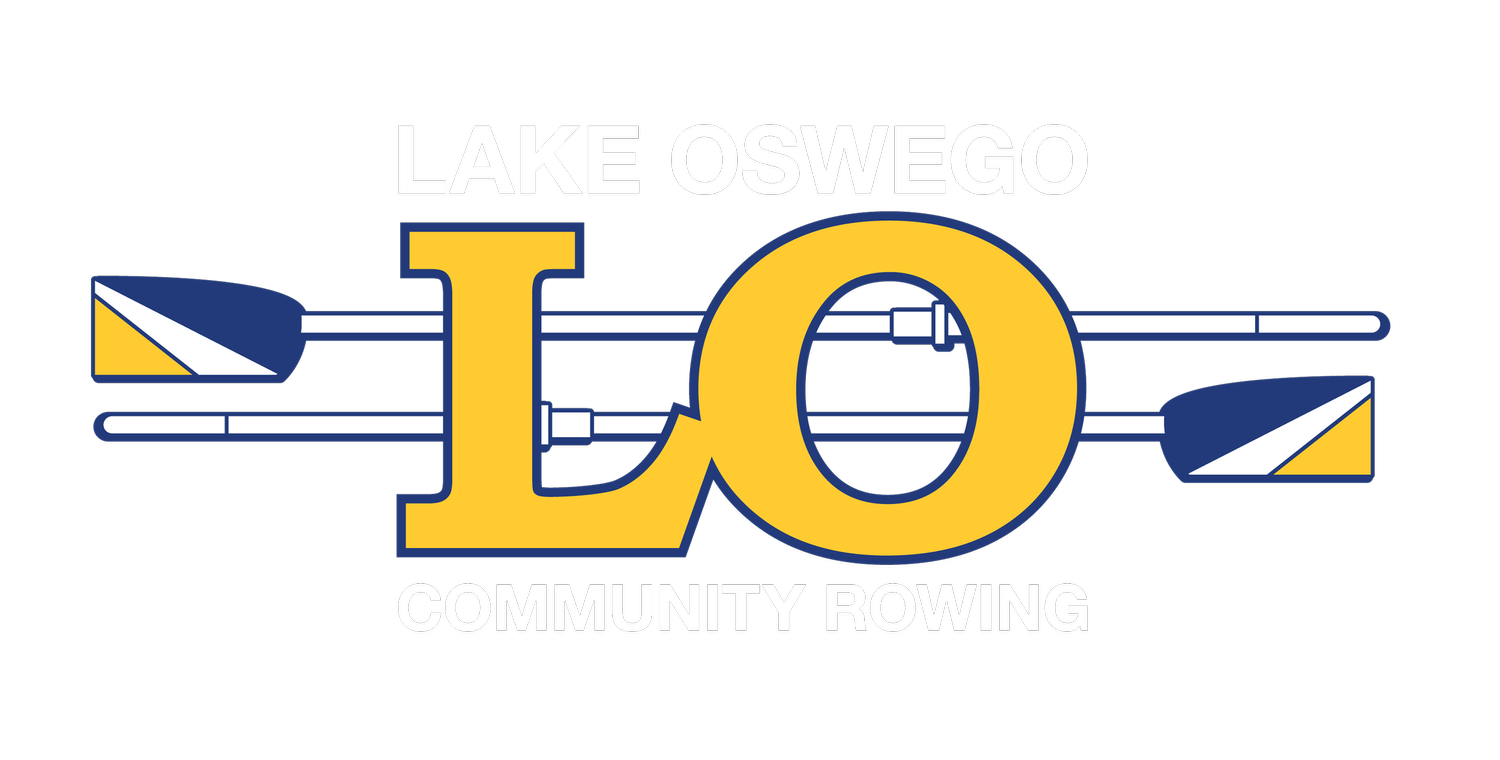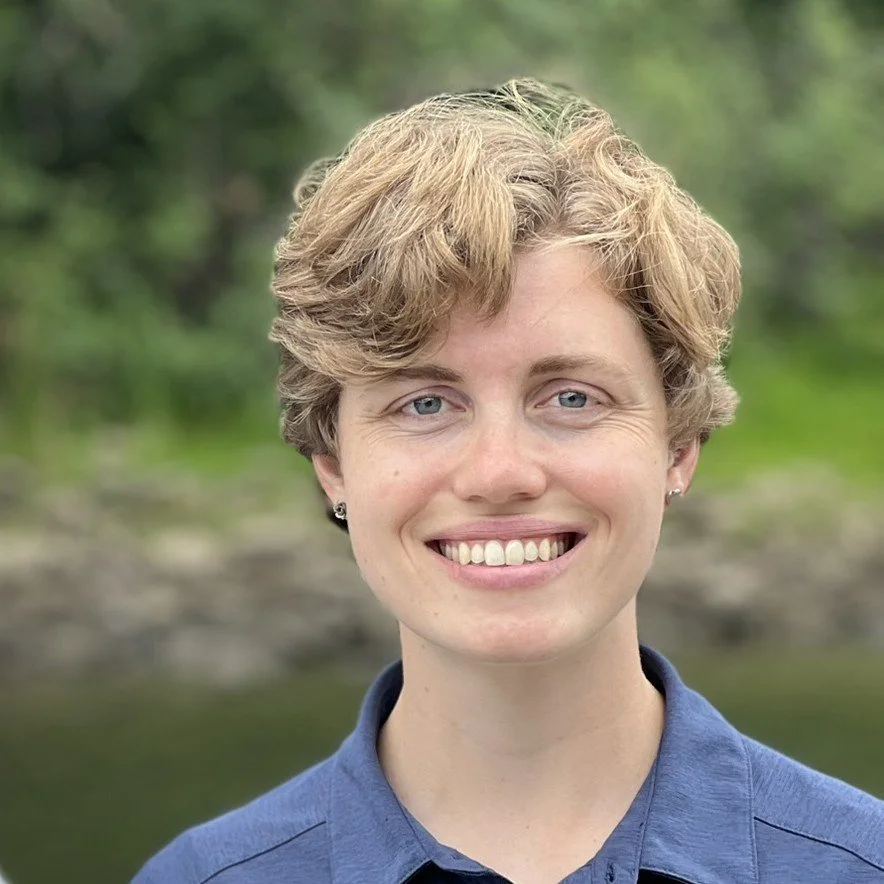Meet Our Coaches
-
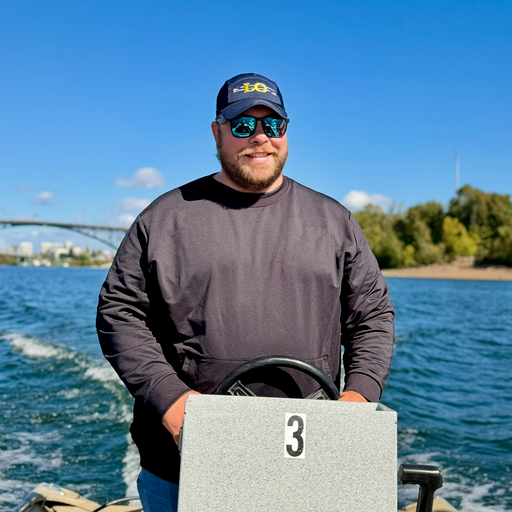
Ben Fields
Director of Rowing
Ben brings a wealth of experience in program management as well as a deep passion for athlete development at every level. As Director of Rowing, he oversees all aspects of LOCR’s programs, from youth and collegiate to masters, ensuring a high standard of coaching, organization, and opportunity. Ben is committed to building a culture of excellence, inclusion, and long-term growth, both on and off the water.
-
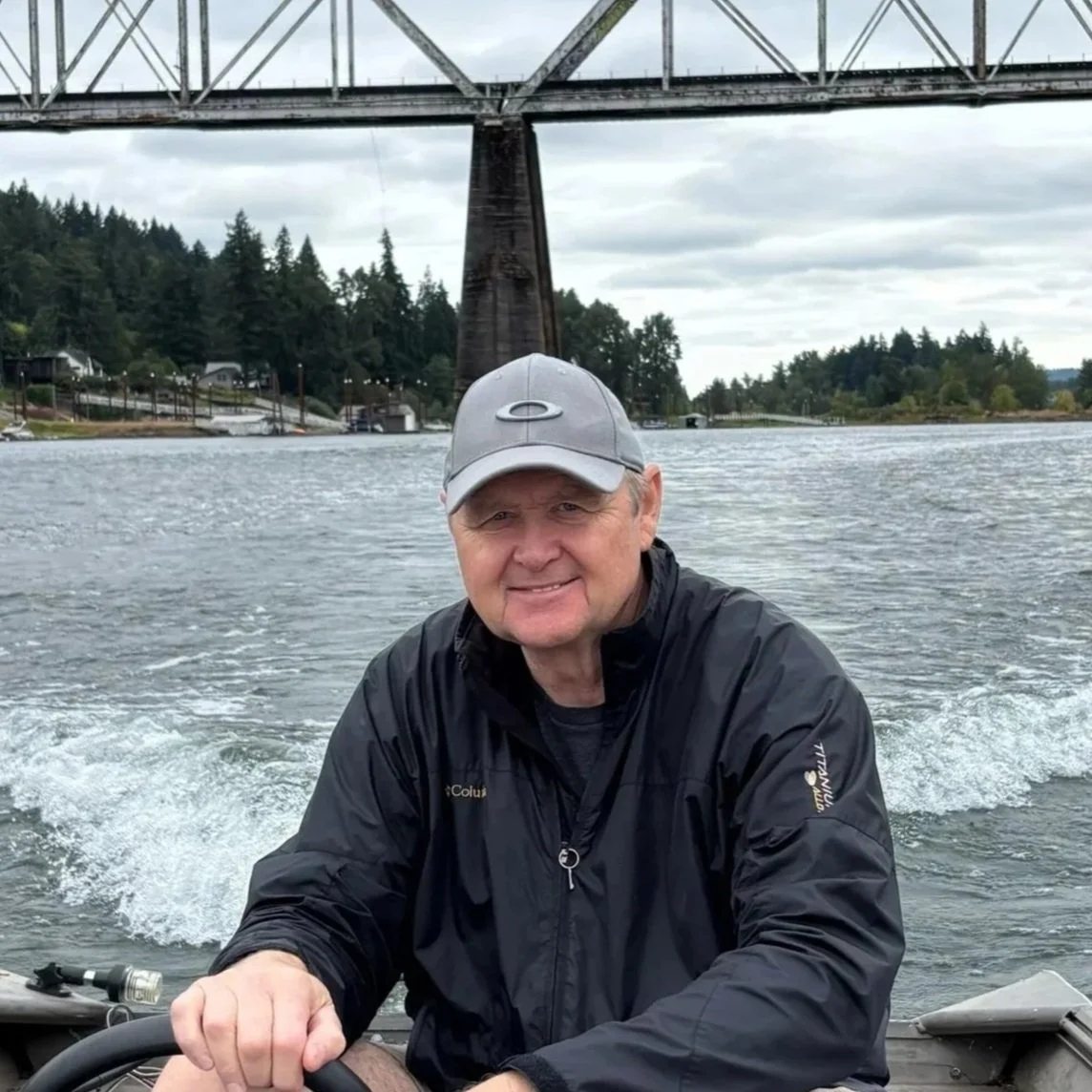
Hans Svensson
Varsity Head Coach
Hans Svensson brings over forty years of knowledge and experience to the LOCR coaching team. A three-time Olympic rower, Hans competed in the 1976, 1980, and 1984 summer Olympics for the Swedish rowing team. His coxless four crew also won a bronze medal at the 1983 World Rowing Championships, and he's achieved great success rowing in a single scull.
After retiring from competitions, Hans worked for many years as a coach for the Swedish national team. He still rows recreationally in both the United States and Sweden.
-
Angela Griffin
Club Administrator & Assistant Varsity Coach
Angela joined the LOCR coaching staff in 2025 as an assistant coach for the LOCR youth teams.
Angela has rowed with LOCR since 2023, first on the collegiate team and now with Masters. She has been competing in sports for most of her life, first in basketball and then distance running. She has competed in many regattas in both sweep and scull boats, including several gold-medal lineups at Masters NW Regionals.
Besides coaching, Angela is also the club administrator and a book publishing professional.
-
David Kent (Giyer)
Head Novice Coach
David began coaching with LOCR in 2025 as an assistant coach for the youth teams.
David started rowing with Portland Collegiate Rowing in 2023 and quickly fell in love with the sport, competing in his first regatta after only a month of rowing. He is both a rower and a coxswain, and is excited to continue developing his own skills while coaching and sharing his love for the sport with LOCR.
Outside of coaching, David was a member of the Oregon Army National Guard and is currently pursuing his degree in biology from Portland State University.
-
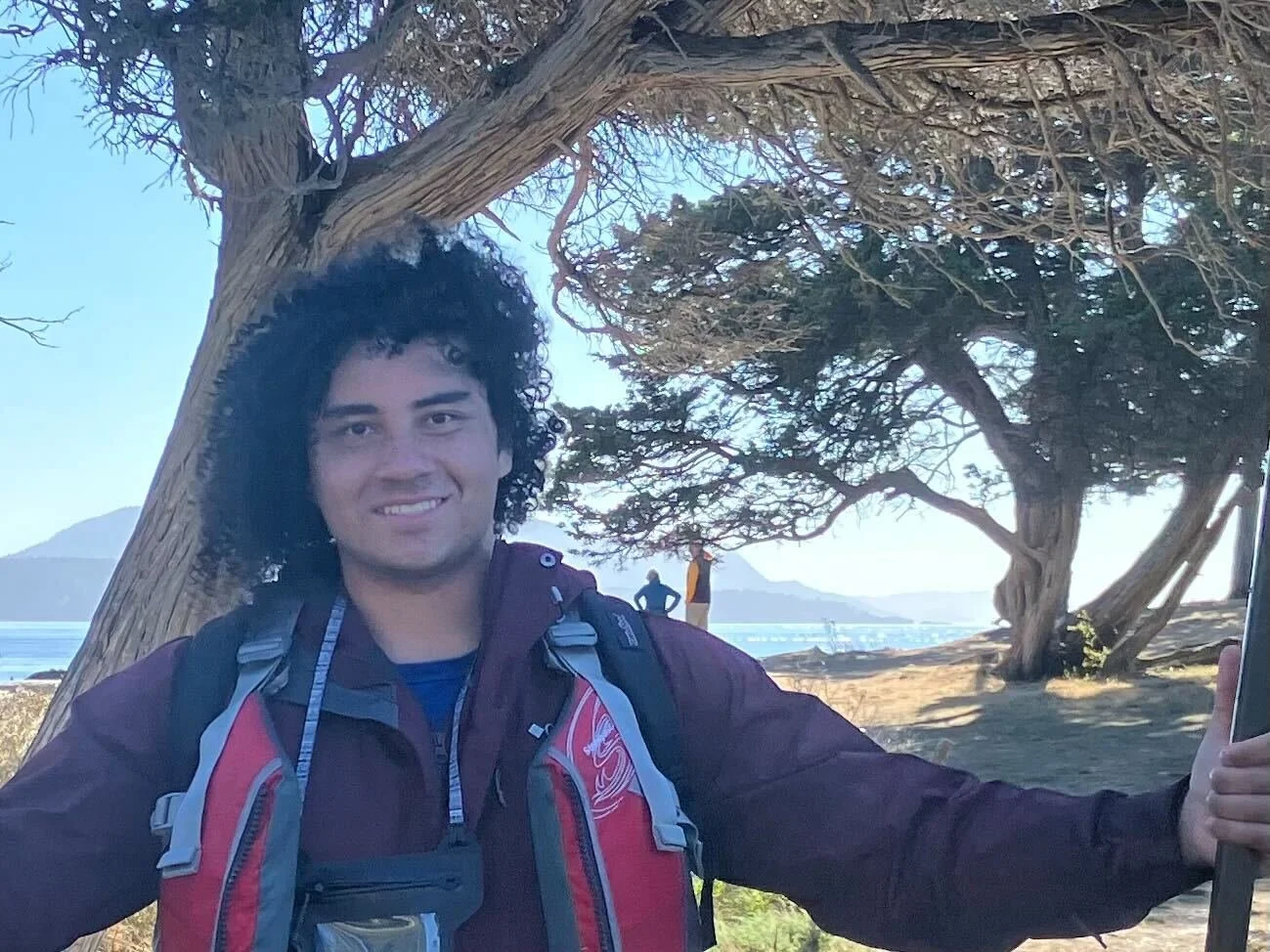
Jaden Nichols
Assistant Novice Coach
Jaden originally joined LOCR in 2017 in his sophomore year of high school, then returned to the club as a PSU collegiate crew member in 2023 after finishing a different college program.
As someone who has been an athlete most of his life, Jaden understands many facets of rowing mechanics and conditioning. After rowing for the collegiate team in 2023, Jaden is enthused to be back in the sport personally and to pass on what he knows wherever he can.
Jaden holds a biology degree from a degree in biology from Reed College and is currently pursuing medicine.
-

Elexandra Applegate
Head Middle School Coach
Elexandra Applegate joined the Lake Oswego Community Rowing coaching staff in October 2025 as the Head Middle School Rowing Coach. She began her rowing journey at just twelve years old, competing competitively throughout high school before being recruited to row Division I at the University of Rhode Island, where she competed in the Varsity 8+.
After a successful athletic career, Elexandra returned to Oregon to continue her education and is currently pursuing a bachelor’s degree with plans to enter the nursing field. As both an athlete and a coach, she values creating a positive, encouraging, and inclusive team culture that also emphasizes discipline and competitive excellence.
Outside of rowing, Elexandra is passionate about health, fitness, and mentorship. She strives to inspire young athletes to build confidence, teamwork, and a lifelong love for the sport. -
Spencer Hills
Assistant Coach
Spencer joined the coaching staff at Lake Oswego Community Rowing in 2024. A passionate rower, Spencer competed in varsity crew through all of high school, developing a deep love for the sport and its team dynamics.
With an academic background in psychology and kinesiology, he brings a unique perspective to coaching, emphasizing the mental and physical dynamics of rowing. Currently pursuing a graduate degree in psychology at Pacific University, Spencer is particularly interested in the role of exercise science and sports psychology in enhancing athletic performance.
Spencer is excited to share his enthusiasm for rowing and help athletes develop both on and off the water.
